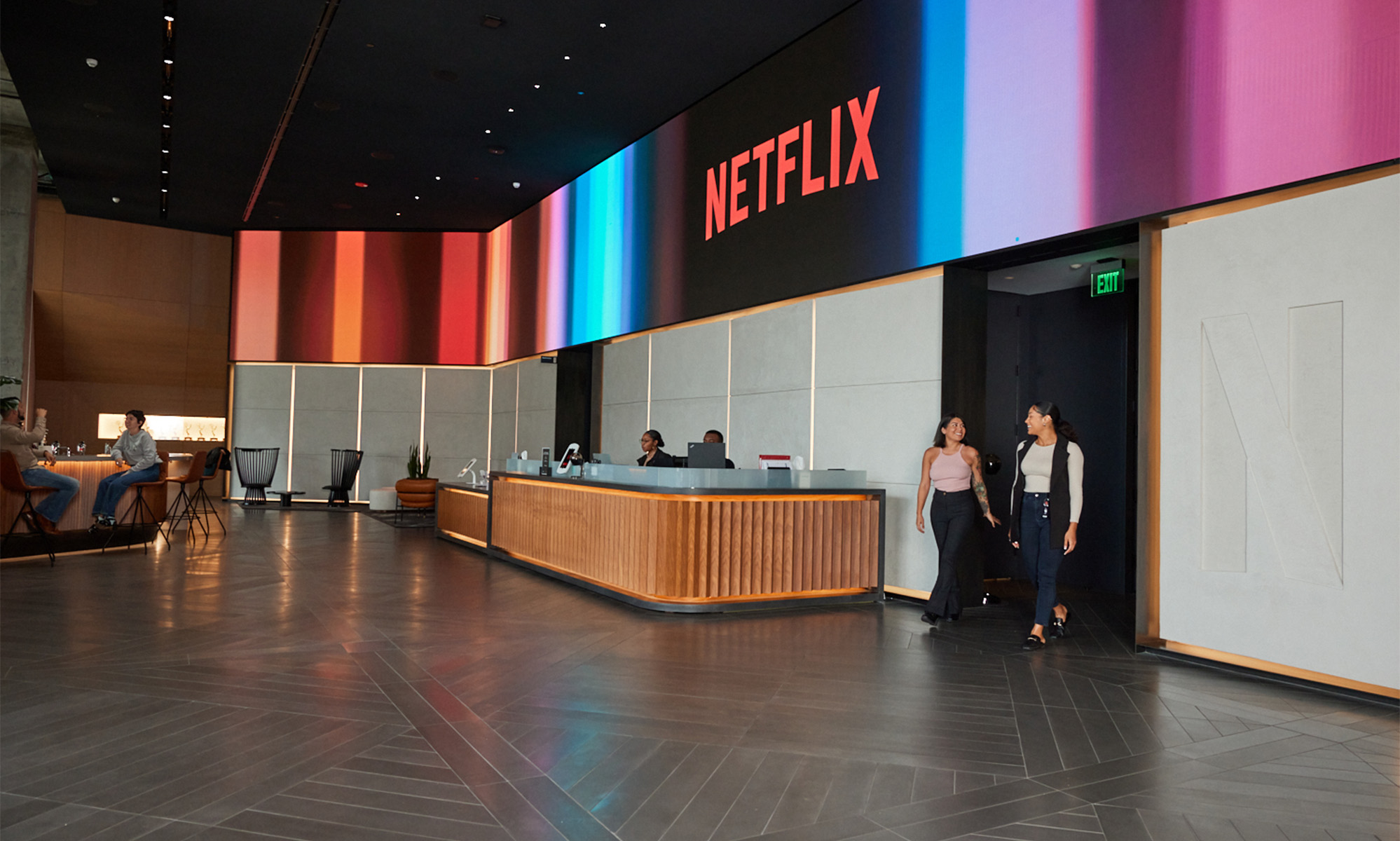Netflix (NFLX 0.04%) stock price fell on Tuesday morning after it was downgraded to underperform (sell) by Needham analyst Laura Martin, who argued that the streaming leader risks losing millions of subscribers over the next year. Martin says that the proliferation of low-cost rivals will cause a tidal wave of customer losses in 2020, projecting that 4 million subscribers will cancel in the coming 12 months.
She proposes a solution for the predicted avalanche of departures, saying Netflix "must add a second, lower-priced, service to compete with Disney+, Apple+, Hulu, [Viacom's] CBS All Access and [Comcast's] Peacock," Martin wrote in a note to clients on Tuesday. The company's heavy spending on original content has overloaded Netflix with debt, and its balance sheet "cannot withstand lower revenue," she said.
This is a commonly held view, but it missing an important point about the streaming giant's trajectory. Here's why Netflix doesn't need ads.

Image source: Getty Images.
Peak cash burn
Netflix CEO Reed Hastings hasn't changed his stance over the years. Every time the issue comes up, his response has been consistent with his 2015 post on Facebook: "No advertising coming onto Netflix. Period."
The important point that many are missing is that Netflix is nearing a tipping point. The streaming pioneer has more than 158 million subscribers worldwide and is forecasting that number to grow to 166 million by the end of 2019. Each additional subscriber hastens the day when Netflix will be free cash flow positive -- which is approaching sooner than many investors realize. In its third-quarter subscriber letter, it maintained, "we're expecting free cash flow to improve in 2020 vs. 2019 and we expect to continue to improve annually beyond 2020." That shows that the company has likely already reached peak cash burn, and things will begin improving from here.
Netflix argues that the combination of its increasing revenue and expanding profit margin will dramatically improve its cash flow trajectory in very short order. Revenue grew by 31% year over year in the third quarter, while its operating profit margin of 18.7% soared from just 12% in the prior-year period. Each additional customer drops more to Netflix's bottom line, and international growth is still robust, with subscribers increasing 33% year over year during the same period, so the company isn't solely dependent on its U.S. customer base.
This trajectory illustrates why there's simply no compelling reason that Netflix needs an ad-supported tier in order to succeed.
The same old story
This is a familiar refrain to Netflix investors. Over the years, various industry execs, rivals, and analysts have predicted that the company will inevitably turn to advertising as its subscriber numbers slow.
Last year, CEO Jeff Green of The Trade Desk -- which specializes in ad tech -- jumped into the fray. "Netflix is 150 [million], 170 million people all watching stuff without ads," Green said. "[But] there's a lot of people who will tolerate it, either because the money's important to them or they're not that offended by ads, or they're used to it, or some combination of it. ... I do believe that it's inevitable" that Netflix will offer an ad-supported tier.

Image source: Getty Images.
Earlier this year, Mark Zagorski, CEO of advertising technology specialist Telaria, was confident in his view about Netflix. "You can't burn that much cash or raise that much debt forever ... Advertising is coming to Netflix," he said. To believe otherwise, you'd "have to be on crack."
Tara Walpert Levy, vice president at Alphabet's YouTube, even went so far as to suggest that Netflix was looking to hire ad executives.
Note the common thread? Each of these folks has a vested interest in advertising.
Will it, or won't it?
The chorus that Netflix will eventually need ads is probably wishful thinking among advertising executives, eager to gain access to the company's millions of subscribers. They make their living peddling ads, so it's only natural that they would petition for such an outcome. Just because they say so, however, doesn't necessarily make it so.
Don't get me wrong. I'm not saying that Netflix will never have an ad-supported tier. It's pretty clear, however, that Netflix doesn't have any plans to start down a path from which there would likely be no return. Furthermore, if the tech company added such an option, it could be at risk of sacrificing millions of subscription dollars, the result of some current customers opting for the lower-cost option.
If Netflix ever opts for an ad-supported tier, it won't be because it needs to -- and it certainly isn't inevitable.






